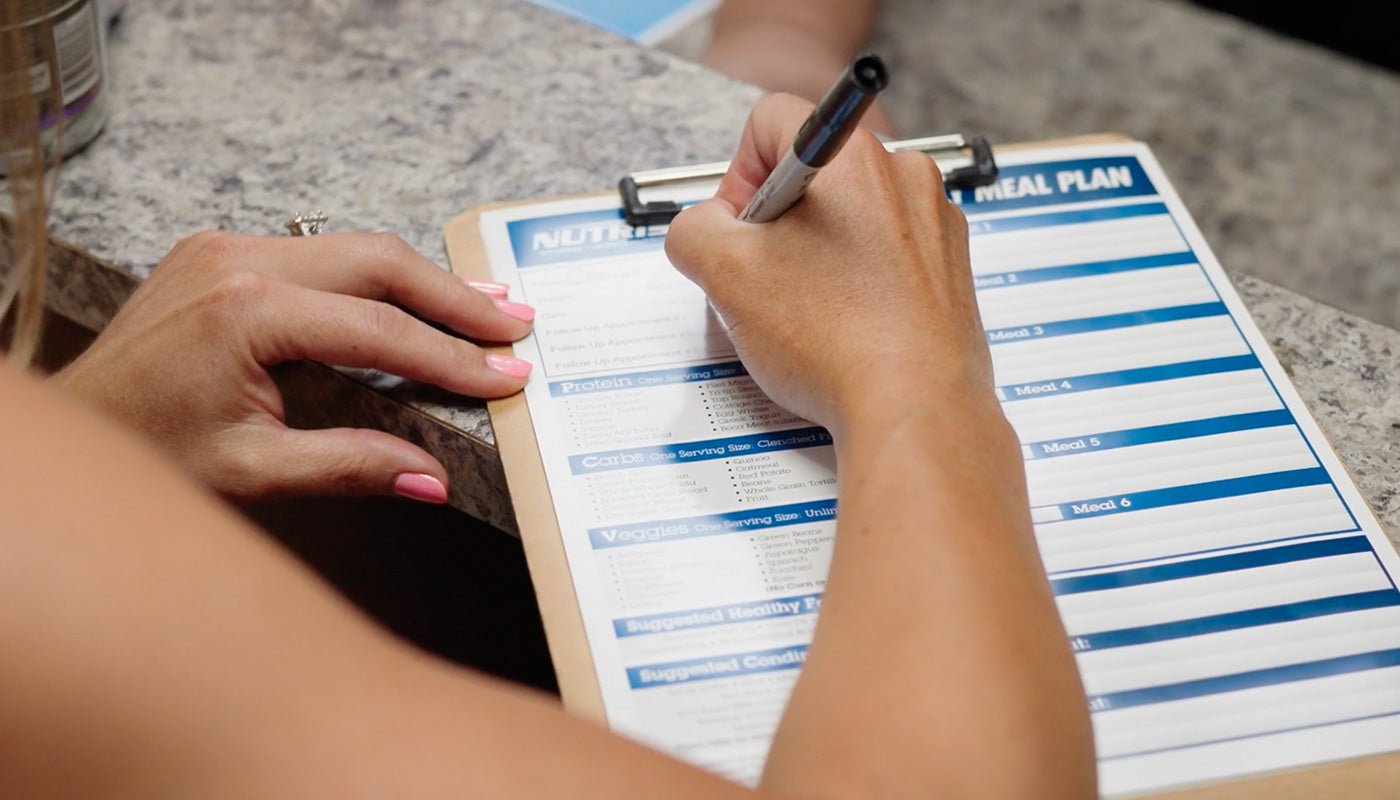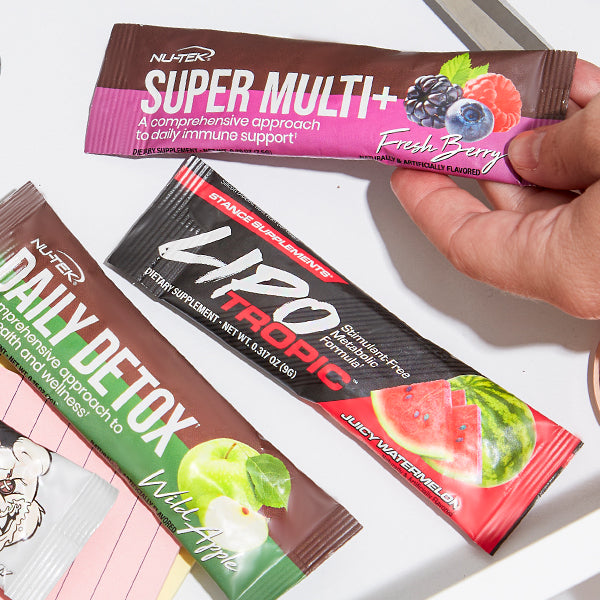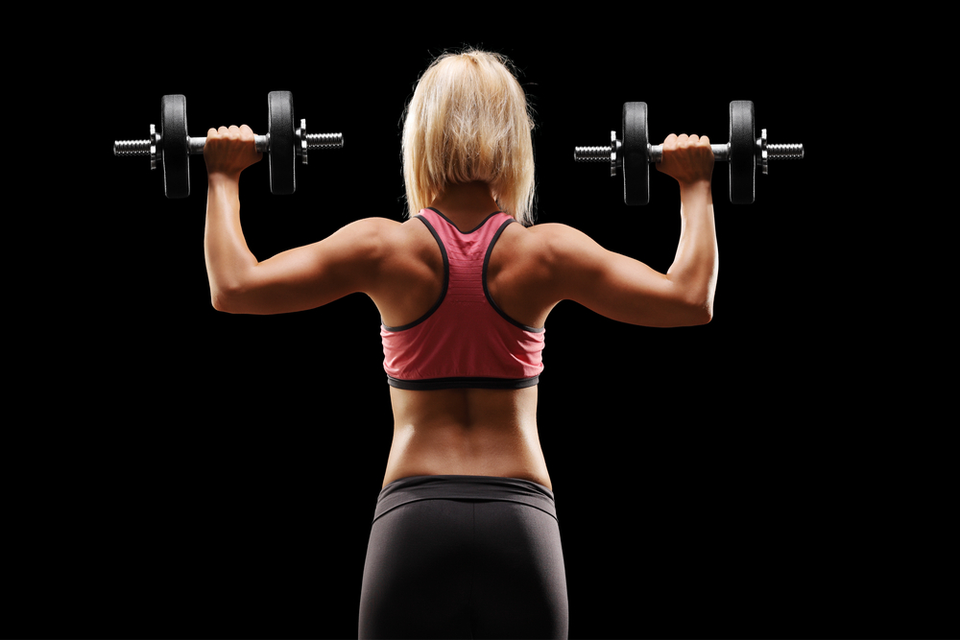Another day, another deadlift. Most lifters love to deadlift. From the casual fitness enthusiast to the professional powerlifter, there is something guttural and primal about deadlifting. From the chalk to the prepping ritual, it is a melding of the bar and the lifter. A complete symbiotic relationship.
With that said, thousands of gym-goers deadlift daily regardless of the possible risks. There are times, however, when the numbers start to drop. The total weight and total reps begin to decline, and there seems to be an unbreakable ceiling.
Ryan Oberst, a professional Strong Man competitor since 2012, has even stated that the deadlift can be tremendous wear and tear on the lower back and should be used sparingly or eliminated altogether in the general population.
Enter the kettlebell swing. A good swing equals a more powerful deadlift.

Muscles Used
Both exercises are total-body lifts. They both start from a solid base on the floor and build all the way up to the traps. Even though they are total-body lifts, both exercises emphasize the posterior chain (think of everything on the back of the body). These include:
- Quadriceps
- Glutes
- Adductor Magnus (Inner Thigh)
- Hamstrings
- Erectors
- Lats
- Traps
- Rhomboids
- Abdominals & Obliques (yes, these are not posterior)
The hip hinge is the key to both exercises, and it is crucial to performing the exercises correctly. The loading and unloading of the swing and deadlift are almost picture-perfect identical in the exercises' approach and execution. The very nature of the kettlebell swing specifically develops posterior strength and endurance, but where it really comes into play is in the lockout or top position of the swing, as it can help save the lower back.
Rock Out with the Lockout
The lockout position can be the Achilles' heel for many lifters on the deadlift. The pull from the floor looks good, the mid-lift is solid, only to fail those last couple of inches of getting the hips through. At the top of the deadlift, the glutes and quads are flexed, abs are braced, shoulders are packed, and the lats flexed. This is the exact top position of the swing.
Performing multiple sets of swings a week can help develop the glutes to increase hip hinge explosiveness needed to push the hips through on the lockout position. The whole body is tight at the swing's top position, developing the muscles needed for the very important and sometimes most difficult lockout position of the deadlift.
Increase the Volume
Heavy deadlifts can destroy the central nervous system. High volume of heavy work every week can have a detrimental effect on future workouts. As Loiue Simmons, founder of Westside Barbell, states, "Strength is measured in time, not weight."
Being strong for a moment is not as important as being strong consistently over a long time. One heavy day followed by three to four subsequent weak workouts will have very little benefit over any micro or macro cycle.
Continuous strong daily submaximal but challenging workouts will increase overall strength while decreasing or even possibly eliminating plateaus. Kettlebell swings tend to create less wear and tear on the body, which allows an increase in the volume of training. Heavy (90%= of 1RM) weakly deadlifts are a flat out grind, whereas the swing can be performed at a higher volume with heavier weight more consistently.
Unfortunately, the deadlift can be performed with poor mechanics just by sheer willpower. This is a disaster for the kinetic chain and can alter training throughout the week. There is very little wiggle room with the swing. When done incorrectly, it can go bad exceedingly quick, which can cause most to stop before the completion of the rep range. Because of this, the swing enforces proper mechanics, which can increase the overall strength of the deadlift due to the building of the posterior chain.

Fix the Grip
To summarize the kinetic chain, it is how the body links together. Like any chain, it is only as strong as the weakest link. For most, grip strength can cause problems when performing a heavy deadlift. Everything looks and feels good until the hands give way, and the bar is lost. Heavy kettlebell swings at high volumes (15-25 reps) can develop an iron grip. Heavy weight forces the grip to clamp down harder, adding strength and endurance to the muscles needed to grip the heavy deadlift and never let go.
Generally speaking, the deadlift should be performed with high weight (95%) and low reps (1-3) or mid-level weight (75%) to maximize results. The swing can be performed with both heavy weights and high reps. This will build the overall strength and endurance of the body and will most certainly have a positive effect of the deadlift. Put down the bar for a couple of weeks and perform some swings and see the deadlift go through the roof!
– By Wil Del Pizzo, Certified Trainer and Kettlebell Advocate • YouTube Page: Strong House Training • Facebook: Strong House Training







